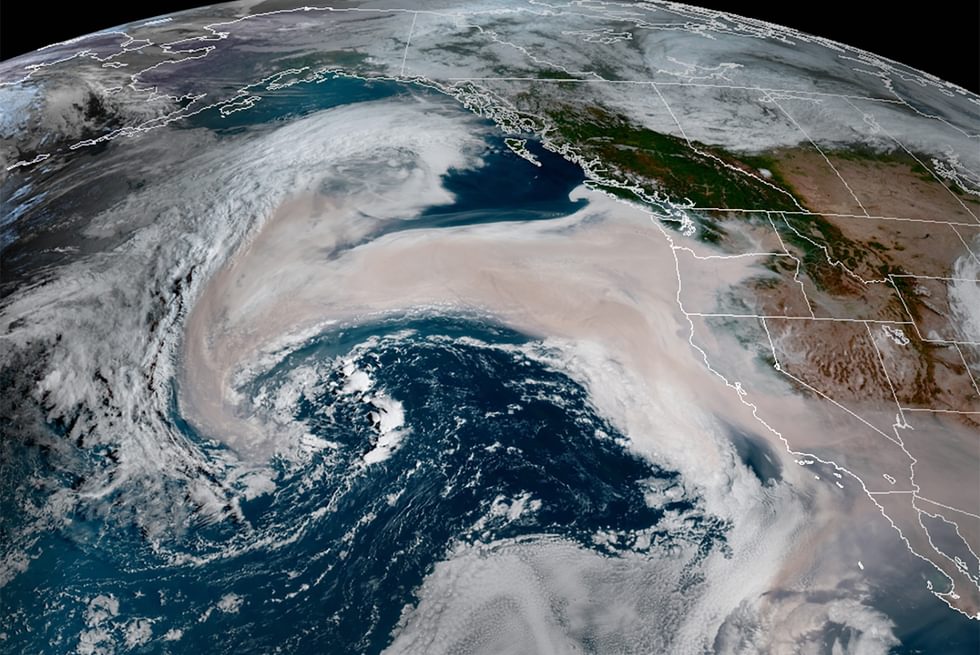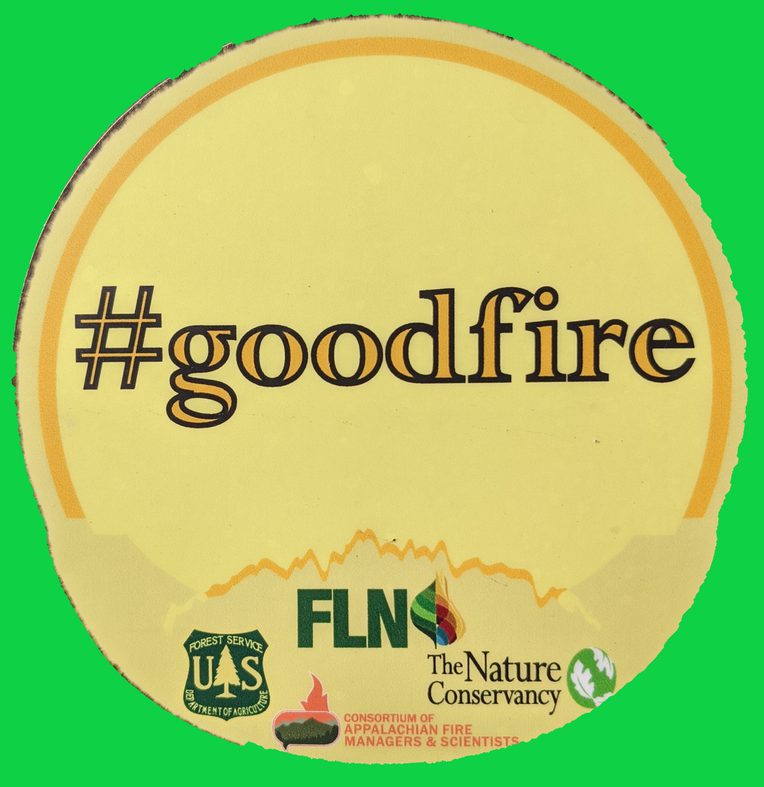The Goodfire Campaign: Swaying Opinions about Prescribed Burning
From the Series: Firestorm: Critical Approaches to Forest Death and Life
From the Series: Firestorm: Critical Approaches to Forest Death and Life

Burning “moves the forest towards a more natural and historic condition,” according to a May 2019 decision memo authorizing the new Blackrock and Little Green Mountain burn units in the Panthertown Valley Recreation Area of the Nantahala National Forest (NF). Prescribed fire is needed now in Panthertown because “fire adapted ecological zones have missed one or more fire return interval and are departing from their natural species composition and condition . . . due to aggressive wildfire suppression and ceasing of anthropological [sic] burning over the last 50 to 100 years.” The memo from Panthertown’s managers illustrates an increasingly familiar narrative in the Blue Ridge ecoregion (United States) with its lament of the exclusion of fires from the mountains and its advocacy for their restoration. As the hero of these natural histories, fire has been reincarnated to construct healthier, safer forests consisting of preferred flora for improved wildlife habitat and decreased susceptibility to destructive wildfires.
Like the Nantahala Ranger District (RD) staff who composed the memo quoted above, prescribed burners throughout the Blue Ridge Mountains leverage the agency of the persuasive anti-fire exclusion/pro-prescribed burn narrative. Whereas narratives have actual agency, discursive power is evident in plans—motivated by a strong pro-burn consensus within the U.S. Forest Service—to establish new fire regimes. As a former fire management officer (FMO) said, “[we] recognize a need to burn more. This is a major change that we’re going through.” Indeed, this manager had set the goal of instituting rotational burn routines on 30 percent of the coupled Nantahala-Pisgah NFs that enclose more than one million acres of western North Carolina. Burning, logging, mowing, and chemical applications are among the main techniques used in Pisgah-Nantahala’s management areas, which are designated for habitat diversity, restoration and connectivity, backcountry, wilderness, recreation and heritage, special interest and research, experimentation, uniqueness, education, and administration.
Once anti-structure, authorized prescribed burning by credentialed personnel is becoming structure. The “most pyrogenic” sector in Nantahala-Pisgah NFs, according to the FMO mentioned above, is Grandfather RD. To foster fire-dependent and fire-adapted species and communities, managers of the Grandfather Restoration Project—encompassing more than 330,000 acres in Grandfather RD and adjacent lands—burned approximately fifteen thousand unique acres between 2012 and 2019. Grandfather’s managers coined the slogan “goodfire” (or “good fire”) for their campaign to recruit community support. Fire managers across the world have adopted the goodfire catchphrase to use in their own public education efforts. In the goodfire discourse, wildland fires have been disarticulated into two ethical poles so that messages to the public comment on the morality of the system.
Goodfire evokes admiration—for prescribed burners and fire—and conjures hope for future ecosystems. “Good” fires are licit, planned prescribed burns set by credentialed personnel, as well as controllable lightning fires and even some wildfires set by non-credentialed folks. Fires are “good” for preparing timber sites, reducing risks of catastrophic wildfire, restoring degraded ecosystems, fostering healthy habitats, supporting fire adapted species and multispecies communities, conserving threatened and endangered species, producing aesthetically pleasing communities, and sustaining wildlife. Managers hope to achieve some of these outcomes in Panthertown where 1,311 acres equaling 20.83 percent of the total 6,295 acres have been designated as burn units since 2014. Fire is an asset for the managers of Blue Ridge ecosystems because, through burning in combination with other tactics and techniques, they acquire some control over cause and effect processes in complex ecosystems.

The goodfire campaign aims to teach members of the general public that not all fires are bad. Campaign promoters hope to cause the citizenry to believe that fire use has beneficial ecological effects. Public lands managers see the #goodfire slogan as a means for counteracting the perceptions of fire taught by previous campaigns, namely Smokey Bear’s, which prescribed burn advocates see as misleading the public to think that all fires in all ecosystems are always detrimental.
We are currently living with the unintended consequences of the fire suppression era according to not only managers but also scientists from the U.S. Department of Agriculture who write, “Fire exclusion has been more successful than early foresters might have expected a century ago. But this success has its drawbacks.” Recountings of a history in which the exclusion of fire was misguided contribute to the discursive construction of new fire regimes, which are sometimes seen as the restoration of old fire regimes. Fire suppression’s negative effects “motivated resource managers to implement prescribed burns to attempt to restore fire dependent ecosystems.” Managers of the 250,000-acre Nantahala RD provide a good example with their plans to burn 9,292 acres in the spring of 2021. Another case is Tusquitee RD where managers have prepared burn plans for 3,600 acres in the 20,638-acre Buck Creek area plus another 16,776 acres elsewhere, totaling 2 percent of the district’s 158,900 acres. In the spring of 2021, Tusquitee and Cheoah RDs aimed to together burn 12,670 acres. With this, we can see how the transition from branding fire as criminal and deadly to rebranding it as good leads to efforts to change the ecoregion’s fire ecology.
The narrative agency of goodfire partly lies in reducing opposition to prescribed burning and reversing negative perceptions of fire among members of the public. “Smokey did too good of a job,” as managers often say. Twentieth-century anti-fire campaigns created an understanding among laypersons of fires as dangerous and unwanted, making it difficult for people to understand how some fires can be regenerative, productive, and protective. At the same time as managers aim to figure out how to build different fire regimes, they are simultaneously working to sway the opinions of the public, funding agencies, and lawmakers as well as those conservationists and others who continue to fear fire or who are opposed to fire use. A moral in managers’ narratives is that fire ecology is not all “bad” and but also has a “good” side. Conceptualizing prescribed burning as goodfire furthers managers’ goals to build ecosystems exhibiting idealized horizontal and vertical structures, containing acceptable fuel loads, and hosting favored species. Prescribed burners are agents in the production of the powerful goodfire discourse. Their decisions to light intentional fires, let wildfires burn, or suppress unintentional fires have the power to change the frequencies, intensities, extents, and effects of fire as well as the lives of diverse organisms, their abiotic surroundings, and the composition of the atmosphere.